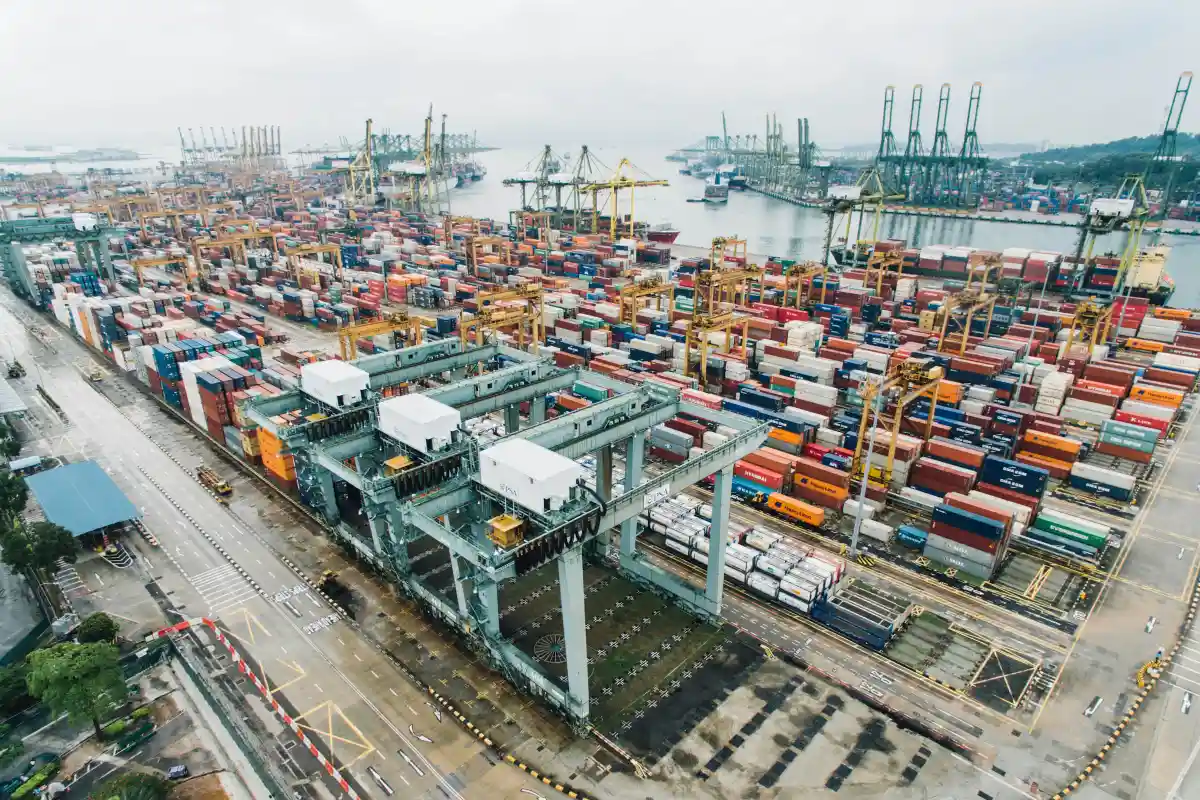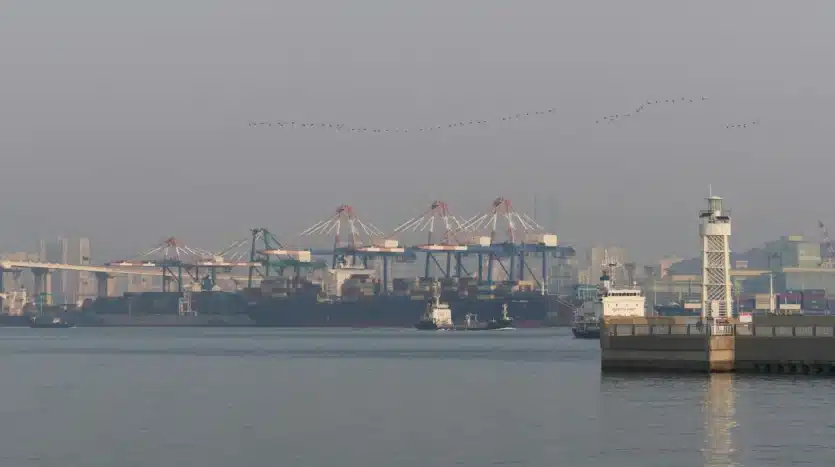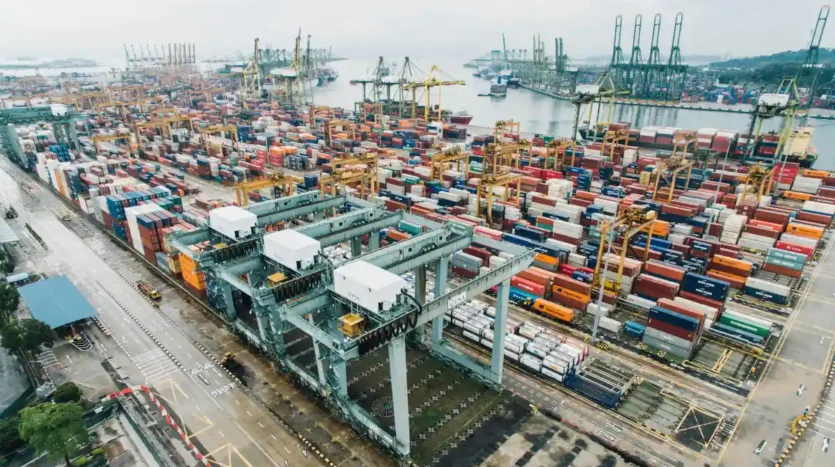How to Pack Fragile Items Safely for Shipment from Japan to Indonesia
Packing Fragile Items Safely: Tips for Shipping from Japan to Indonesia
Moving belongings across borders is never a small task, especially when fragile items are involved. Each year, thousands of people relocate from Japan to Indonesia for work assignments, family reasons, or new housing opportunities, and with them come personal items that often hold both financial and sentimental value. According to Japan Post, international parcel volumes to Southeast Asia have increased steadily in the last five years, with Indonesia ranking among the top destinations. Yet many shipments still arrive damaged simply because items were not packed correctly or customs procedures were overlooked.
If you are preparing to ship belongings such as glassware, electronics, collectibles, or even home décor from Japan to Indonesia, you need more than just a sturdy box. You need an understanding of the shipping process, the realities of customs rules, and the right packing techniques to make sure everything arrives safely. This guide combines practical know-how, updated regulation insights, and industry-tested methods to give you a clear path forward.
Understanding Shipping Options and Transit Times

Photo by CHUTTERSNAP on Unsplash
Before deciding how to wrap a delicate vase or a flat-screen television, it helps to know what shipping methods are available between Japan and Indonesia. Different options will influence not only the time it takes for your package to arrive but also the level of risk your fragile items face during transit.
Japan Post remains a popular choice, especially for personal shipments. Its EMS service typically delivers packages to Indonesia in around nine days, while economy air and surface mail options can take longer but cost less. Private couriers such as DHL, FedEx, and UPS also serve the route, offering faster delivery and more detailed tracking, although often at a higher price point.
For families moving apartments or larger household goods, sea freight is often the practical solution. Less-than-container load (LCL) services allow you to ship smaller quantities without paying for a full container, though transit times can stretch to four or five weeks. Full-container load (FCL) services, while costlier, give you more control and security since your items are not mixed with other shipments.
Each of these choices comes with trade-offs. Air freight reduces handling time but can be costly, especially for bulky fragile goods. Sea freight is more economical for large moves, yet items are exposed to higher humidity and longer handling periods. Factoring in both cost and risk will help you decide which route makes sense for your situation.
Navigating Indonesian Customs and Import Rules
Even the most carefully packed fragile item can face problems if customs rules are not respected. Indonesia’s import system applies duties and taxes based on the declared value of goods, and not all items are treated equally.
At the time of writing, shipments valued at three US dollars or less are exempt from import duty, although they are still subject to an 11 percent value-added tax. Items valued between three and 1,500 dollars attract an import duty of around 7.5 percent plus the same VAT. For shipments exceeding 1,500 dollars, additional duties may apply, along with more detailed inspection.
Equally important are restrictions on what can enter the country. Used electronics, for example, are closely regulated and often require specific permits. Cosmetics, medicines, and food products can also fall under strict supervision. Indonesia’s “LARTAS” list, which stands for restricted imports, should always be reviewed before shipping.
Every package should include a clear invoice with accurate HS codes, which are standardized product classifications recognized worldwide. Misdeclaring or undervaluing goods to save on duties may seem tempting, but it often results in delays, fines, or even confiscation. For anyone moving into a new apartment or setting up a home in Jakarta, Surabaya, or Bali, getting customs paperwork right is just as important as packing the items themselves.
Packing Fragile Items with Confidence
The core of safe international shipping lies in the packing itself. While it may sound obvious, fragile items are often damaged not because of rough handling but because they were placed in the wrong type of box or left with too much empty space inside.
Start with the right materials. A five-ply corrugated cardboard box is considered the minimum standard for overseas shipping of fragile goods. Double-walled boxes provide an extra layer of strength, which is especially important for heavier items like ceramic plates or small appliances.
Cushioning materials are your next line of defense. Bubble wrap is widely available in Japan and should be wrapped around each item individually, with multiple layers for added security. Foam inserts, packing peanuts, or crumpled paper can be used to fill voids inside the box. The goal is simple: no movement when you shake the box lightly. If something rattles, add more padding.
One technique that professional movers recommend is the box-in-box method. This involves placing your wrapped item inside a smaller box with cushioning, and then placing that box inside a larger one with more cushioning. While it may use more materials, it significantly reduces the impact of external shocks. For something like glassware, mirrors, or collectibles, the method can be the difference between a safe arrival and a shattered mess.
Finally, do not overlook the sealing process. All seams and corners should be taped securely with water-resistant packing tape. Reinforcing the bottom of the box is critical, as this is where most pressure is applied during stacking in transit. Fragile stickers and orientation labels such as “This Side Up” should be placed on multiple sides, not just one. While couriers cannot guarantee perfect handling, clear labeling at least reduces the risk of careless placement.
Considering Climate and Environmental Risks
Shipping from Japan to Indonesia often means moving through different climates, and fragile items can suffer if this is ignored. Sea freight containers, for instance, can reach high humidity levels that encourage mold, corrosion, or warping. Electronics and wood-based items are particularly vulnerable.
To guard against these risks, consider moisture-absorbing packets or silica gel inside your boxes. Plastic wrapping around sensitive items can also help, although it should not trap moisture inside. If you are shipping furniture or artwork for a new home in Indonesia, protective covers designed for long-haul shipping are worth the investment.
Air freight generally avoids the extreme humidity of sea shipping, but items may still be exposed to pressure and temperature changes. Packing with flexibility in mind, and using cushioning that does not compress too tightly, helps absorb these fluctuations.
Read also: Indonesia Visa for Japanese Citizens: Full Moving Guide
The Role of Insurance, Tracking, and Reliable Partners
Even the best packing cannot eliminate every risk. That is where shipping insurance and a reliable logistics partner become essential.
Most carriers offer insurance options based on the declared value of your goods. For fragile items with high financial or sentimental worth, insurance is not a luxury, it is a necessity. Review the policy carefully, as some exclude damage caused by inadequate packing. In other words, the responsibility still lies with you to prepare your items properly.
Choosing a carrier with a strong reputation for handling delicate shipments can also make a difference. DHL, for example, has specific services for high-value or fragile goods, while Japan Post provides clear guidelines for packaging. Some moving companies in Japan also offer door-to-door relocation services that include professional packing, which can be reassuring if you are transporting an entire household.
Tracking services have become more advanced in recent years, allowing you to monitor your shipment from pickup in Tokyo or Osaka to arrival in Jakarta or Surabaya. Keeping a record of your items before shipping, such as photographs and weight documentation, provides an extra safeguard if you ever need to file a claim.
Saving Costs Without Compromising Safety
Shipping fragile items internationally is not cheap, but there are ways to manage costs without cutting corners on safety. Consolidating shipments is one of the most effective strategies. Instead of sending multiple small packages, combine them into a larger, well-packed shipment. Carriers often charge less per kilogram for higher weight brackets, making this approach more economical.
Selecting the right box size also prevents unnecessary charges. A box that is too large not only costs more in volumetric weight but also increases the risk of items shifting during transit. On the other hand, a box that is too small may leave no room for proper cushioning.
For those moving into a new apartment or house in Indonesia, planning ahead makes a difference. Items that are not urgently needed can be shipped by sea freight at a lower cost, while essentials can be sent by air. Splitting your belongings this way balances both cost and convenience.
Common Mistakes to Avoid
Many shipping mishaps can be traced back to preventable errors. Underpacking is perhaps the most common. Placing a delicate plate or figurine in a box with only a thin layer of bubble wrap almost guarantees trouble once it passes through multiple handling stages.
Another mistake is misdeclaring goods to reduce duties. While it may save money in the short term, Indonesian customs officials are known for strict checks, and penalties can far outweigh any perceived savings.
Finally, some people make the error of reusing old boxes. While recycling is admirable, boxes that have already been used may lack the structural integrity needed for international shipping. Investing in new, high-quality packaging is a small price to pay compared to replacing damaged belongings.
Read also: Moving Abroad from Japan: Step-by-Step Relocation Checklist for Expats
Take aways
Relocating from Japan to Indonesia, whether for work, family, or a new housing opportunity, comes with enough stress without the added worry of broken belongings. By understanding your shipping options, respecting Indonesian customs rules, and applying proven packing techniques, you can protect both fragile items and your peace of mind.
Think of it as building a safety net for your move. The right box, the right materials, and the right preparation mean your favorite glassware, electronics, or artwork has a much better chance of arriving intact in your new home. Combine that with reliable carriers, proper insurance, and a clear understanding of import duties, and you are setting yourself up for a smooth transition.
When planned carefully, shipping fragile items from Japan to Indonesia does not need to be a gamble. With the right approach, it becomes simply another step in the journey of creating a safe, welcoming home in a new country.
Featured Image by taehyeon kim on Unsplash













